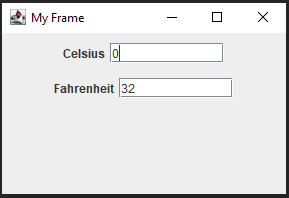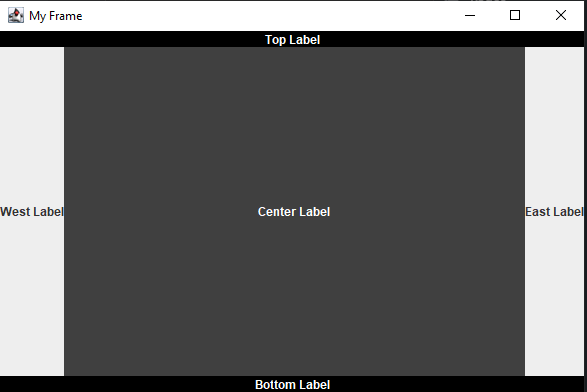(See my full list of Clojure Swing examples and tutorials at Clojure Swing Interop)
When dealing with files, its very handy to use file dialogs. Here’s a quick example of using a JFileChooser to select a file to slurp and print.
Note the use of (into-array [“txt”]) as an argument to the FileNameExtensionFilter constructor. This is because the file extensions are provided as a String... meaning a java.lang.String array.
Also note, the .showOpenDialog call uses nil instead of a JFrame . We do that because we don’t have a JFrame showing that we want to associate the file dialog with.
|
1 2 3 4 5 6 7 8 9 10 11 12 13 14 15 16 17 18 19 20 21 22 23 24 25 26 27 28 29 30 31 32 33 34 |
(ns swingproject.core (:gen-class) (:import [javax.swing SwingUtilities JFileChooser] [ javax.swing.filechooser FileNameExtensionFilter])) (defn slurp-file [java-file-object] (let [contents (slurp java-file-object)] (println contents))) (defn slurp-a-thon [] ;; opening and using a file dialog (SwingUtilities/invokeLater #(let [my-filter (FileNameExtensionFilter. "Text file to slurp" (into-array ["txt"])) my-file-chooser (doto (JFileChooser.) (.setFileFilter my-filter)) selection-option (.showOpenDialog my-file-chooser nil) selection-file (.getSelectedFile my-file-chooser ) ] (if (= selection-option JFileChooser/APPROVE_OPTION) (future (slurp-file selection-file))))) ;;giving the program some time to print before exiting (Thread/sleep 60000) (System/exit 0)) (defn -main "entry point for app" [& args] (slurp-a-thon)) |


